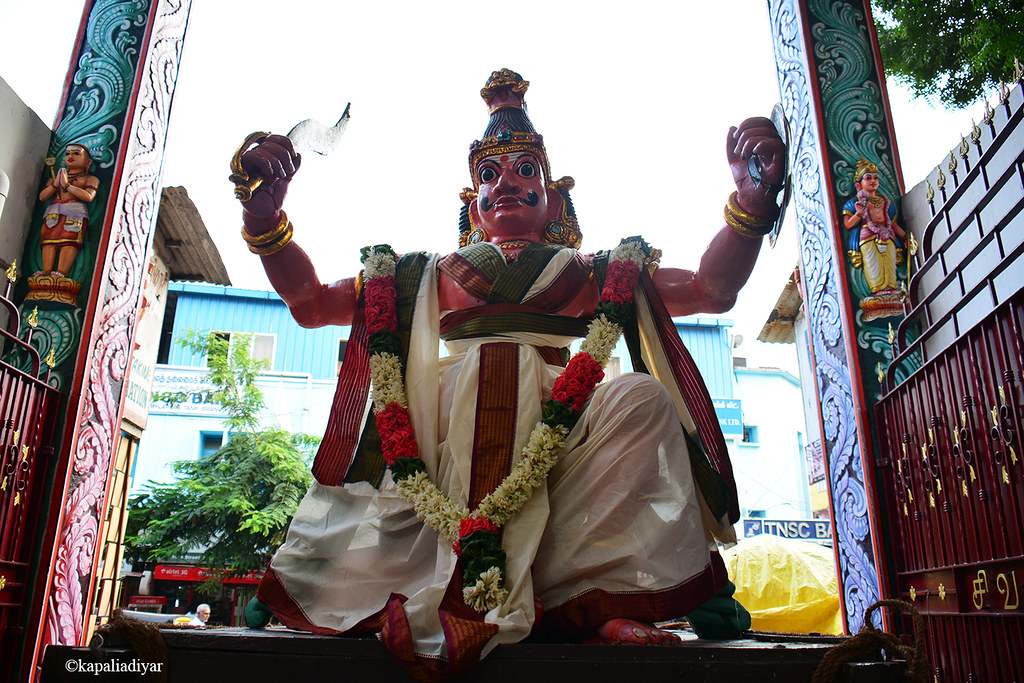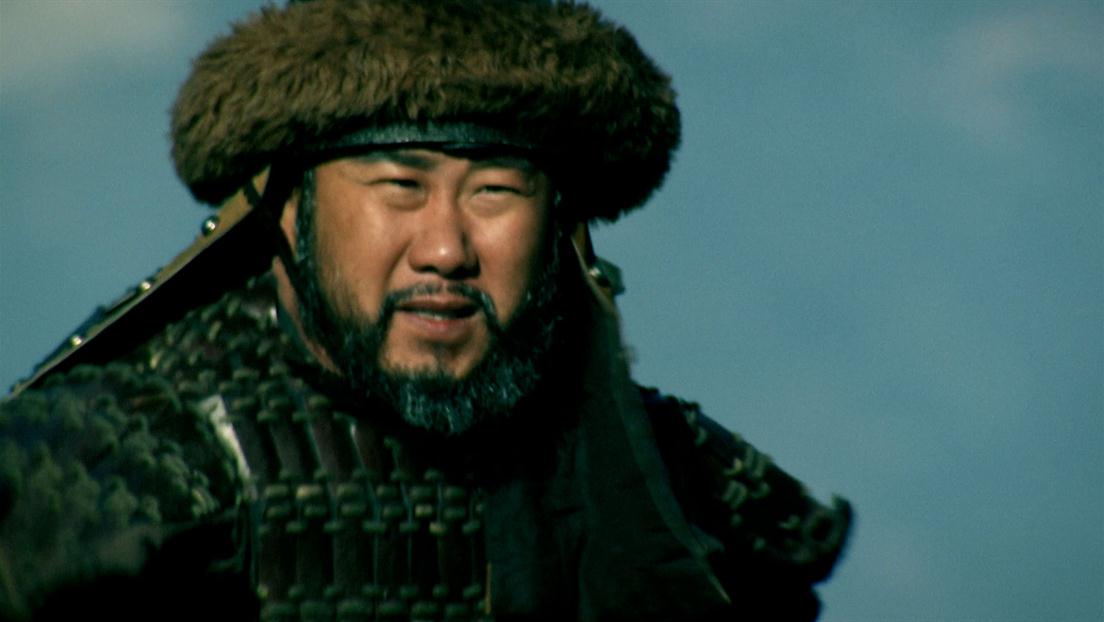Asurendra and Maya
In the mystic realms of ancient lore, the captivating tale of Asurendra and Maya unfolds, revealing a narrative rich in magic, intrigue, and the struggle for survival. As Devendra led the Devas, Asurendra, a powerful Asura, emerged as the leader of his clan. This is the fascinating story of Asurendra’s daughter, Surasai, who became Maya, a key player in the survival of the Asura clan.

The Formative Years: Maya’s Training under Sukracharya
Asurendra, driven by a desire to raise his daughter well, entrusted Surasai to their clan guru, Sukracharya. This decision marked the beginning of Maya’s journey into the world of mysticism and dark arts. Under Sukracharya’s tutelage, Maya not only mastered various conventional arts but delved deep into the intricacies of magic, nurturing an intellect veiled in darkness.
The Transformation: Surasa to Maya
Sukracharya, recognizing the imminent threat to the Asura clan, summoned Maya and conveyed a crucial mission. The Asura clan faced extinction against the vast numbers of Devas. Maya, devoted to her people, accepted the challenge to ensure the survival of her kin. Her mission? To break the penance of Sage Kasyapa, father of the Devas, and bear his children to strengthen the Asura lineage.
Maya’s Cunning Strategy
Maya ventured into the forest where Sage Kasyapa was immersed in penance. Already possessing beauty that could enchant, Maya enhanced her allure to captivate the sage further. Through various means, she disrupted his penance, compelling him to abandon his spiritual discipline. Subsequently, she constructed an opulent mansion, transforming herself into a bewitching beauty, luring Sage Kasyapa into her enchanting world.
The Union of Maya and Sage Kasyapa
Enthralled by Maya’s charm, Sage Kasyapa pursued her relentlessly, beseeching her favor. However, Maya, clever and strategic, set a condition. She would only marry a young and vibrant Kasyapa. Determined to fulfill her demand, Kasyapa transformed himself into a youthful form, paving the way for their union. Thus, they agreed to marry, setting in motion a series of extraordinary events.
The Birth of Demonic Offspring
In a sequence of supernatural occurrences during different phases of the night, Maya and Sage Kasyapa brought forth monstrous progeny. The first union resulted in ‘Padmasura,’ a handsome demon, followed by the birth of ‘Singamagasura,’ a lion-faced monster, and ‘Darakasura,’ an elephant-faced demon. The subsequent unions produced creatures with goat, bear, tiger, horse, rhinoceros, and other animal features, amounting to a formidable army of two lakh Asuras.
Surasamharam: The Battle of Lord Muruga
The culmination of this tale leads to the emergence of Soorapadman, also known as Padmasuran, a powerful demon slain by Lord Muruga on the auspicious day of Aipasi Varapirai Sashti. Devotees commemorate this event as the Ganda Shashti festival, celebrating the triumph of good over evil.
Conclusion: Embracing the Legends
The legends of Asurendra, Maya, and the subsequent battles between the divine and demonic forces echo through time. This narrative, rooted in ancient mysticism, adds depth to the cultural tapestry of mythology. The intricate interplay of characters, magic, and destiny creates a story that transcends generations.
People also read must like story: Love Story of Emo Shrek and Fiona
Table of Contents
Frequently Asked Questions (FAQs)
Who is Asurendra, and what role does he play in the story?
Asurendra is the leader of the Asuras, a powerful and mystical race in ancient lore. He plays a pivotal role in the narrative as the father of Surasai, later known as Maya. Asurendra’s decision to entrust his daughter to the Asura guru, Sukracharya, sets the stage for the unfolding events.
What is the significance of Sukracharya’s training for Maya?
Sukracharya, as the Asura guru, imparts various arts to Maya, including magic. This training shapes Maya’s character, making her not only intellectually formidable but also skilled in the mystic arts. It lays the foundation for her crucial mission to ensure the survival of the Asura clan.
Why does Maya undertake the mission to break Sage Kasyapa’s penance?
Maya’s mission is born out of the perceived threat to the Asura clan. With the Devas outnumbering the Asuras, Sukracharya instructs Maya to disrupt Sage Kasyapa’s penance, marry him, and bear his children. This strategic move aims to strengthen the Asura lineage and prevent its extinction.
How does Maya enchant Sage Kasyapa, and what conditions does she set for marriage?
Maya, already possessing beauty, enhances her allure to captivate Sage Kasyapa during his penance. She disrupts his spiritual discipline and transforms into a captivating beauty. To marry Kasyapa, Maya sets a condition – she will only marry a young and vibrant version of him. Kasyapa, determined, transforms himself to fulfill her demand.
What is the significance of the demonic offspring born from Maya and Sage Kasyapa’s union?
The offspring, including ‘Padmasura,’ ‘Singamagasura,’ and ‘Darakasura,’ represent a formidable army created to counter the vast numbers of Devas. These demonic creatures, each with unique features, emerge from different unions during the night, totaling two lakh Asuras. This army becomes a key element in the subsequent battles.
How does the story connect to the celebration of Ganda Shashti?
The story culminates in the emergence of Soorapadman, also known as Padmasuran, a powerful demon. Lord Muruga defeats him on Aipasi Varapirai Sashti, a day celebrated as Surasamharam or Ganda Shashti by devotees. This festival commemorates the triumph of good over evil.
Are there other stories connected to these characters in mythology?
While this specific narrative focuses on Asurendra, Maya, and the battle with Lord Muruga, Hindu mythology is replete with interconnected stories involving various deities, demons, and mystical beings. These stories contribute to the diverse and intricate fabric of ancient mythology.

